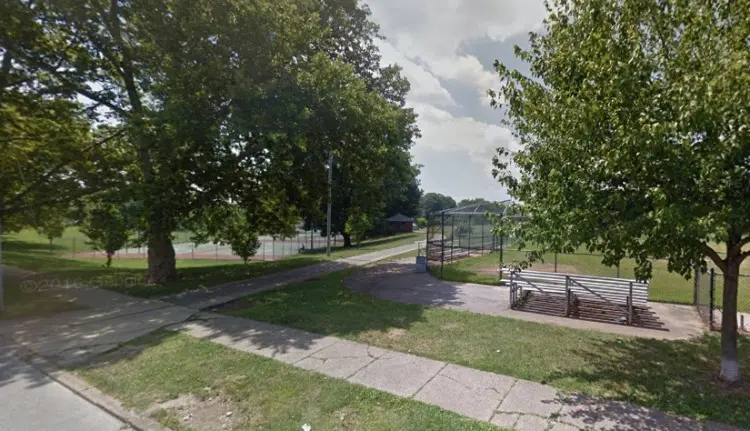The best parks highlighted on this page are brought to you by the workers’ compensation lawyers in Wilmington forming part of the Schuster Jachetti LLP team.
The places mentioned below form part of the Delaware State Park system. While they are not all-encompassing, and much like our previously-published local restaurant selections, they are certainly some of the best ones to visit whenever in the beautiful city of Wilmington.

Rockford Park
The 104 acre Rockford Park was initially established in 1889. The initial 59 acres of land were provided by William Poole Bancroft and his brother, Samuel. Much of the park consists of cultivated lawn that slopes gently upward to a large knoll overlooking the Brandywine.
At the top of the hill is one of Wilmington’s most iconic landmarks, Rockford Tower. The 115-foot tall stone structure, which was built between 1899 and 1901, serves as both a water tower and an observation tower as its top floor is an observation deck with large arching windows that provide a 360 degree view of the park and the city of Wilmington. The tower is directly across the river from the DuPont Experimental Station, where the company produced gunpowder in the early 20th century. Initially the city could not allow public access to the tower due to liability concerns over the risk of explosions from the gunpowder mills, but now the tower is open to park visitors in season.
Hobbs Tract (Valley Garden Park)
The Hobbs Tract is 62 acres of land adjoining Valley Garden Park, the former summer estate of U.S. Senator T. Coleman du Pont, in Greenville. Though the city of Wilmington owns the main section of Valley Garden Park, the expansion land is owned by the state of Delaware, which purchased it in 2004.
Previously, it had been part of a Du Pont family farm estate owned by Patricia Hobbs, the great-granddaughter of Eugene du Pont. The estate had served as the location of Twin Lakes Brewing Company and was the childhood home and art studio of painter George Alexis Weymouth, Hobbs’ brother. The state also owns a conservation easement on 12 additional acres of the farm.
Brandywine Park
Brandywine Park is the oldest of Wilmington’s parks, having first been established in 1886 after prominent industrialist and conservationist William Poole Bancroft convinced the Delaware legislature to create a Board of Park Commissioners.
The park was designed in consultation with landscape architect Frederick Law Olmsted who, upon viewing the land along the Brandywine Creek, enthusiastically endorsed it as the best location for a park. The park is approximately 178 acres and it spans both the north and south banks of the Brandywine. Much of the park has been preserved as a mix of wilderness and open space with walking trails and scenic views of the creek and surrounding woods. The open space section of the park includes two formal gardens, a rose garden and a cherry blossom garden.
The Brandywine Zoo was created in 1904 and now occupies 12 acres of the park. Brandywine Park also includes active recreational facilities including playgrounds, athletic fields, and Baynard Stadium. Kentmere Parkway, a half-mile stretch of roadway, was designed by Bancroft and John Charles Olmsted to serve as a greenway to connect Brandywine Park to Rockford Park. The parkway was built in 1891 and features a large, tree-lined median.
H. Fletcher Brown Park
H. Fletcher Brown Park is the smallest of the Wilmington State Parks units. It is located slightly downstream from Brandywine Park. The park is on the site of a former vocational high school. The park offers a scenic overlook of the Brandywine Creek and its historic millrace, which once fed local industry along the creek but now supplies Wilmington’s drinking water.
Local Experts At Your Disposal
Schuster Jachetti LLP’s workers’ compensation lawyers in Wilmington have handled claims for residents of the city for decades, helping them achieve their deserved compensation after suffering on-the-job injuries.

